The US Navy just seized enough Iranian arms to equip a small army
- By Alex Hollings
Share This Article
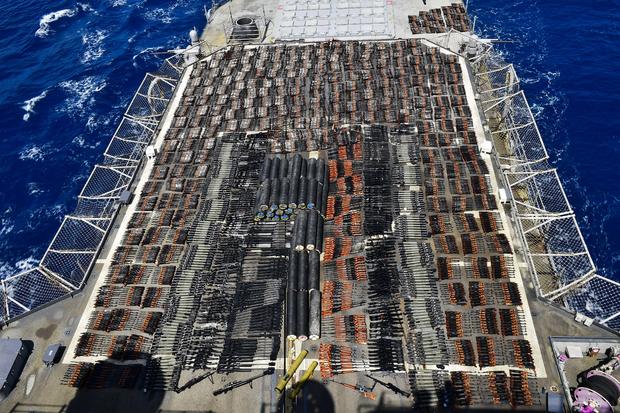
On Sunday, the U.S. Navy announced that it had successfully seized a large shipment of arms and munitions reportedly destined for Houthi Rebels in Yemen. According to Defense Department statements, the machine guns, sniper rifles, and other various small arms came from Iran.
The weapons, which numbered in the thousands, were seized by the U.S. Navy guided-missile cruiser USS Monterey. The vessel carrying the weapons was described by Navy officials as “stateless.”

Once onboard, Sailors found some 3,000 Chinese Type 56 assault rifles (similar to the famed Soviet AK-47 and often called an AK-56), dozens of machine guns and sniper rifles, and hundreds of Russian-made rocket-propelled-grenades intended as anti-tank weapons. Most of the weapons were housed below deck and wrapped in large green plastic bags.

Related: SHIA HITS THE FAN: UNDERSTANDING IRAN’S ROLE IN THE MIDDLE EAST
After seizing the weapons, the crew of the Monterey reportedly assessed the vessel for its seaworthiness, ensured the crew had adequate food and water by providing some additional supplies, and released them to continue on their way.

This is just the latest in a long series of incidents tying Iran to the rebel group that first spurred a civil war within Yemen back in September of 2014, though fighting between the Houthis and Yemen’s internationally recognized government began as far back as 2004. The United Nations has maintained an arms embargo on the Houthi rebels since 2015, but Iran has continued to provide covert support, largely through their specialized Quds Force, to the group.
Iran’s Quds Force operates like a combination of America’s CIA and Special Forces, provided the United States was in the terrorism business. Quds troops deploy to foreign nations in support of burgeoning terror organizations with parallel aims to Iran’s, providing training, financial support, and military hardware.
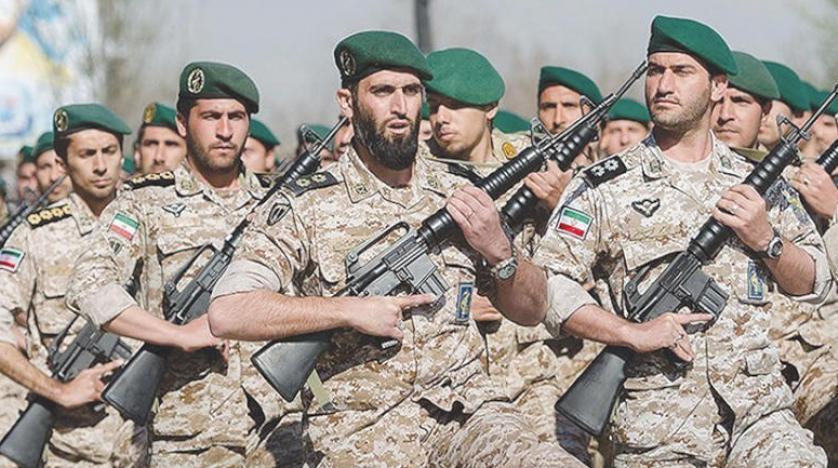
Related: WHAT EXACTLY IS IRAN’S SHADOWY QUDS FORCE?
In some cases, Iran maintains a high degree of command authority over these supported groups, while in others, Iran simply equips and trains them to pursue their own ends (that happen to benefit Iran), while using the promise of further support for leverage.
The Houthi Rebels represent an Islamic minority group within the nation (Zaidi Shia Muslim), and garnered support in 2014 and 2015 in the face of a weak presidential administration headed by Abdrabbuh Mansour Hadi, who was handed power by Yemen’s longtime authoritative president, Ali Abdullah Saleh, in 2011. The nation faced significant challenges under Hadi’s leadership, and the rebel group took advantage of the turmoil and took over the nation’s capital of Sanaa.
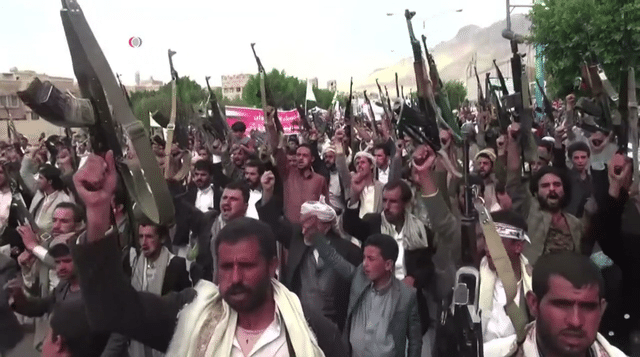
Related: WATCH: INCREDIBLE FOOTAGE SHOWS SAUDI F-15 TAKING OUT HOUTHI DRONE
Concerned by the rapid rise of the Iranian-backed Houthi group within Yemen, Saudi Arabia, the United Arab Emirates, and seven other (largely Sunni) nations soon launched air campaigns in support of the sitting and internationally recognized government. The United States has provided logistical support and arms sales to the Saudis and others involved in this conflict, placing some responsibility for the way in which the war has played out on American shoulders despite a lack of troops or kinetic support. According to the Armed Conflict Location & Event Project, the fighting in Yemen has since proven to be among the globe’s most bloody, with some 130,000 reported death thus far, including 13,000 civilians.
Related Posts
Sandboxx News Merch
-

‘AirPower’ Classic Hoodie
$46.00 – $48.00 Select options This product has multiple variants. The options may be chosen on the product page -

‘Sandboxx News’ Trucker Cap
$27.00 Select options This product has multiple variants. The options may be chosen on the product page -

‘Kinetic Diplomacy’ Bumper Sticker (White)
$8.00 Add to cart

Alex Hollings
Alex Hollings is a writer, dad, and Marine veteran.
Related to: Breaking News
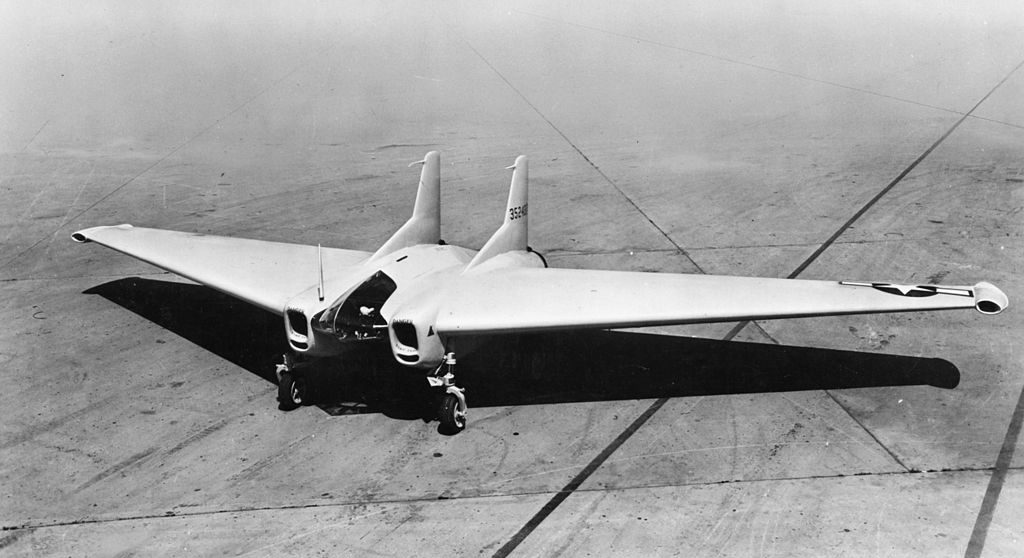
XP-79: The US fighter built to ram enemy bombers

Just how good would an F-22/F-35 hybrid fighter really be?
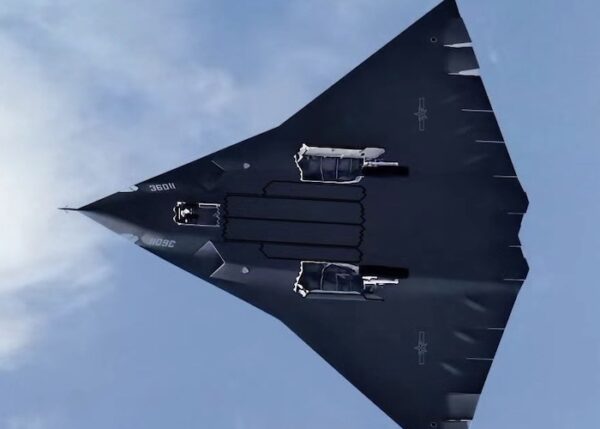
It doesn’t matter if China’s new J-36 stealth jet is a fighter or a bomber

America almost built its own version of China’s new stealth jet 20 years ago
Sandboxx News
-

‘Sandboxx News’ Trucker Cap
$27.00 Select options This product has multiple variants. The options may be chosen on the product page -

‘AirPower’ Classic Hoodie
$46.00 – $48.00 Select options This product has multiple variants. The options may be chosen on the product page -

‘AirPower’ Golf Rope Hat
$31.00 Select options This product has multiple variants. The options may be chosen on the product page -

‘Sandboxx News’ Dad Hat
$27.00 Select options This product has multiple variants. The options may be chosen on the product page
